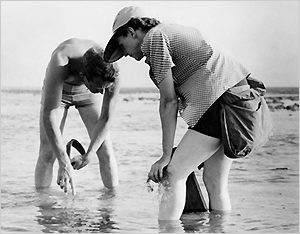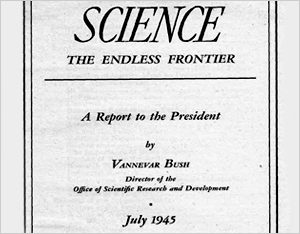
My ocean research began in the history of science, investigating precursors to the famous 19th-century circumnavigation of HMS Challenger that’s credited with founding the field of oceanography. I saw that I was learning about the history of the ocean itself – the story of relationships between people and the ocean, including its great depths as well as its surface.
The projects featured here describe my own work; see “Fellow Fathomers” for collaborative projects or work by other scholars.
Current Research
Oceans on Early Modern Maps

Cartographers and historians agree that modern (Enlightenment) practices and theories of mapping, such as gridding them with lines of latitude and longitude, called attention to ocean surfaces and their importance for trade and the projection of power. Based on maps such as Olaus Magnus’s Carta Marina, it seems clear that people in the early modern period, particularly those whose work involved the sea, understood the sea as a volumetric space.
This project studies whether and how early modern maps might reveal knowledge and awareness of the volumetric ocean. It is part of the Maritime Modernities project:
https://www.hf.uio.no/ifikk/english/research/projects/maritime-modernities/
Visualizing the Undersea

While knowing the undersea realm is an ancient achievement, visual representations of it took shape in the nineteenth century, as naturalists began to study marine life and submarine telegraphy helped summon the ocean floor into popular consciousness. At this moment, and connected to both, Edward Moran painted what may be the first fine arts painting of the ocean floor, Valley in the Sea (1862). The project explores the historical contexts and precedents for this striking visual representation of the Atlantic bottom, noting the extent to which science, technology, and imagination shaped its creation, while acknowledging its connections to the Hudson River school style of American art.
“Science as Frontier”
 Over the twentieth century, American use of the word “frontier” shifted from referring to the western United States to characterizing other geographic places including American territories in the Pacific as well as Alaska, to taking on metaphorical meanings especially relating to new knowledge and the process of its creation. The metaphor of science as frontier was exported during the Cold War through strategic international cooperation in science. Understanding the historical origins of the science as a frontier metaphor suggests the need for critical evaluation of its ubiquitous use not only in the American context but beyond as well.
Over the twentieth century, American use of the word “frontier” shifted from referring to the western United States to characterizing other geographic places including American territories in the Pacific as well as Alaska, to taking on metaphorical meanings especially relating to new knowledge and the process of its creation. The metaphor of science as frontier was exported during the Cold War through strategic international cooperation in science. Understanding the historical origins of the science as a frontier metaphor suggests the need for critical evaluation of its ubiquitous use not only in the American context but beyond as well.
